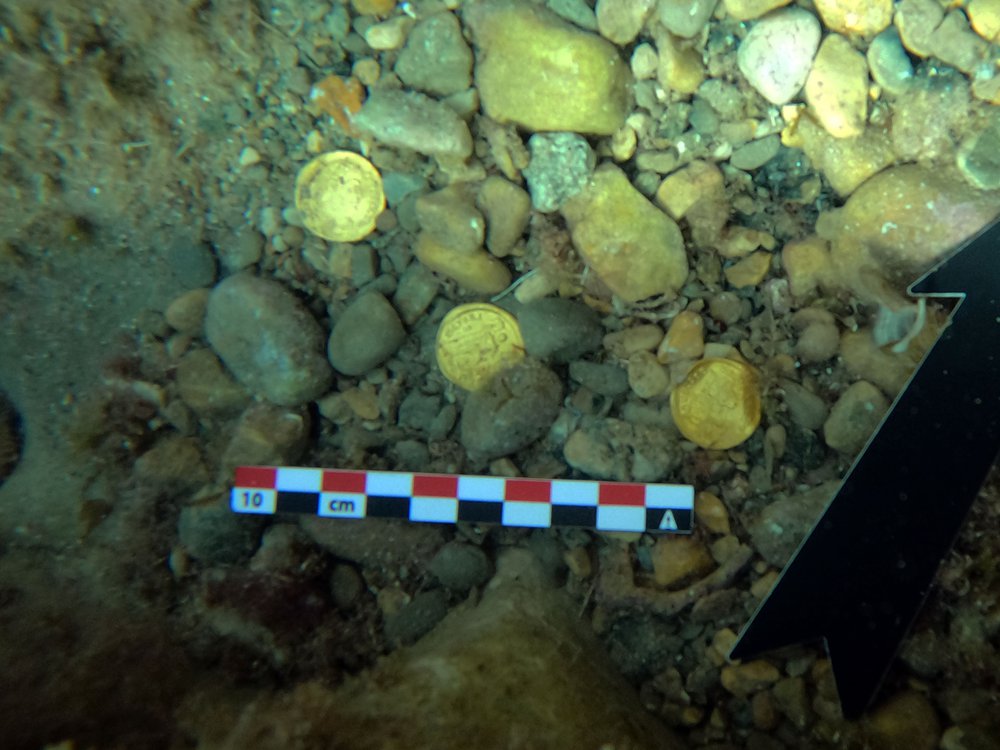Archaeologists unearth a 2000-year-old’slave chamber’ in an Italian city in an unique find.
Archaeologists in Pompeii said Saturday that they had discovered the remnants of a “slave chamber” in an extremely uncommon find at a Roman mansion devastated by Mount Vesuvius’ explosion about 2,000 years ago.
The little chamber, which had three beds, a pottery pitcher, and a wooden chest, was discovered during an excavation at the House of Civita Giuliana, a suburban villa located just a few hundred metres from the remainder of the old city.
A virtually complete ornate Roman chariot was unearthed here earlier this year, and researchers said Saturday that the chamber most likely housed slaves responsible for cleaning and preparing the chariot.
According to a press release, the “unique testimony” into how “the weakest in ancient society lived. is without a doubt one of the most thrilling findings in my time as an archaeologist.”
When Mount Vesuvius erupted in 79 AD, it blanketed Pompeii in ash, killing anyone who hadn’t managed to flee in time. They were killed by heat shock or crushed by crumbling structures.
Rare insight
The 16-square-metre (170-square-foot) chamber was a mix between a bedroom and a storeroom, with three beds (one of which was child-sized) and eight amphorae tucked away in a corner.
The wooden box included metal and cloth artefacts that seemed to be part of the chariot horses’ harnesses, and a chariot shaft was discovered sitting on one of the beds.
Earlier this year, the corpses of three horses were discovered in a barn during an excavation.
“The chamber offers us a remarkable insight into the everyday existence of slaves,” the Pompeii archaeological park said.
Experts were able to create plaster casts of the beds and other artefacts in perishable materials, which left their impression in the cinerite (volcanic ash rock) that covered them, according to the report.
Slave clan
The beds were built of rough-hewn wooden planks that could be modified to fit the height of the person using them.
The webbed bases of the beds were constructed of ropes and were covered with blankets.
While two were roughly 1.7 metres long, one was only 1.4 metres long and might have belonged to a toddler.
According to the archaeological park, the three slaves might have been a family.
Archaeologists discovered various personal items beneath the beds, including amphorae for intimate items, clay jugs, and what seemed to be a chamber pot.
The room was illuminated by a small upper window, and there are no remains of wall decorations, only a mark left by a lamp placed on a wall.
The excavation is part of a 2017 initiative to combat criminal activities in the region, which includes tunnel digging to obtain artefacts that may be sold on underground marketplaces.
For years, the Villa of Civita Giuliana had been the object of systematic plunder. There were indications that part of the “archaeological treasures” in the Slave Room had also been looted, the park said.
The damage caused by grave robbers at the property has so far been assessed at around two million euros ($2.3 million), according to the report.




